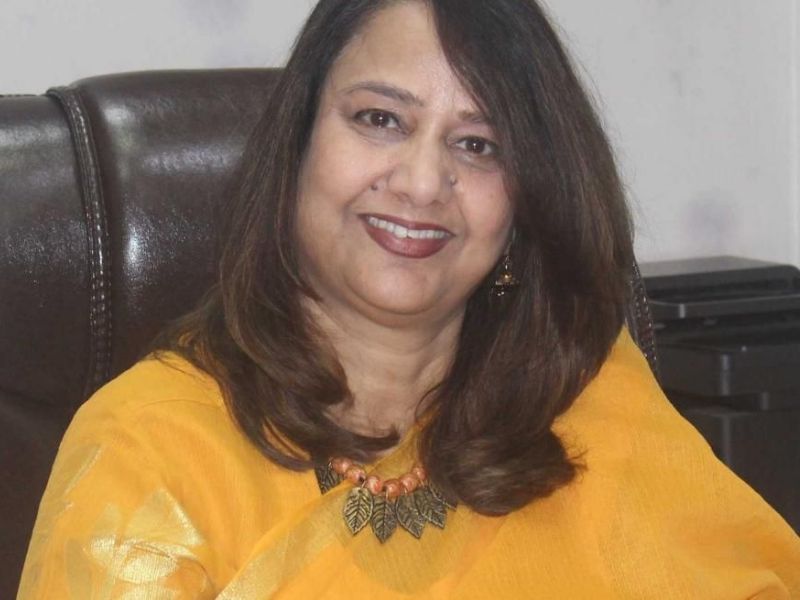

At Manav Rachna International School (MRIS) Noida, we believe that the evolving brains of 21st century learners require new teaching strategies. The coalition P21 (Partnership for 21st century Learning) has identified four essential skills for today’s learners – creativity, critical thinking, communication and collaboration (4 C’s). These four integral skills are embedded in our curriculum framework and strategy blueprint.
We believe in empowering learners with ‘how to learn’ concept. Educating learners for the 21st century requires teaching them how to learn on their own. Teachers develop students’ metacognitive capacity by encouraging them to explicitly examine how they think. Students benefit from believing that intelligence and capacity increase with effort and that mistakes and failures are opportunities for self-inquiry and growth rather than benchmarks of worth or ability.
Educational influencers also suggest how to use concept map in a classroom. It enables the learners to organise their ideas and represent how ideas are connected. The pedagogy encourages them to use the concept to summarise what is read in the classroom.
MRIS teachers continually explore more effective ways of reaching out to the students by adopting new teaching methods that cater to their varied learning styles and needs. Some of the most effective new-age teaching methods are:
Intuitive Teaching
This is a technique that uses intuition in order to engage the student. The teacher here needs to be able to sense what the students need and address it appropriately. For example, if they feel like their class was too noisy today then maybe tomorrow you should have them do an exercise where they release all of their energy before starting work again or even schedule some time for silence as part of your lesson plan!
Creative Teaching
In this approach, teachers encourage creativity by providing the learners opportunities to create new ideas on a regular basis. Students are encouraged at every turn – through art projects, imaginative play, etc. to think creatively about problems as well as solutions.
Personalised Teaching
Personalised teaching is a type of instructional model that revolves around the student. The goal in this style of instruction, which focuses on individualised learning experiences for learners to master new skills and knowledge at their own pace, is to meet each learner’s needs while not slowing down progress for others.
Theme-Based Teaching
Theme-based teaching is one of the most widely acclaimed new-age teaching methods. Themes are integrated into all areas of the curriculum so that students can explore a subject/topic by examining it from different perspectives.
Content-Based Teaching
Content-based teaching is a new-age teaching method that utilises several multimedia tools such as social media and smartphones to create an engaging learning experience for students.
Project-Based Teaching
Project-based teaching enables the learners to develop knowledge and skills through engaging projects set around challenges and problems they may face in the real world. By assigning group projects, teachers can inculcate new skills in students.
Online Teaching (Presentations)
Online teaching (presentations) is one of the most popular new-age teaching methods. Students can access lessons from anywhere, anytime with an internet connection. Teachers can prepare and present their lessons online in an engaging and interactive environment by using multimedia tools such as social media and smartphones.
To conclude, it is important to consider how the students learn best. If you are not sure, try employing some of the aforementioned teaching methods and see what works best for them. Teachers should always consider the students’ needs to ensure an effective teaching-learning process.